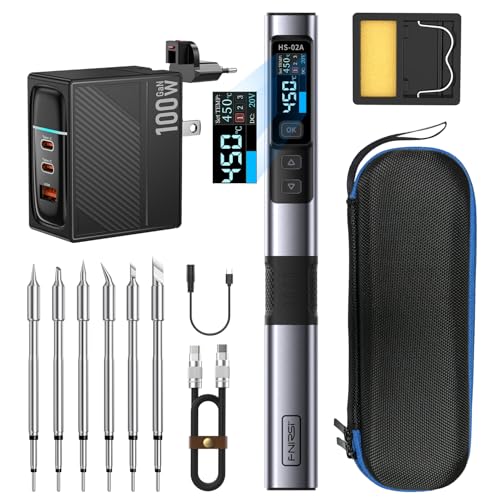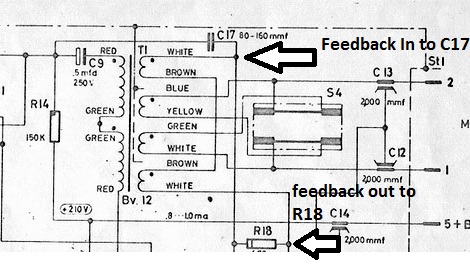dmp said:
It may not be a problem the feedback with Max's transformer... the size of C9 has an effect on the sound of a microphone as it interacts with the inductance of the transformer primary. But this (in my testing experience) is most apparent in the transformer low end.
if you swap the 3 pair as previously suggested your correct
I don't understand how swapping all three windings makes any change at all to the circuit! This is basic transformer 101, right? The ends of the windings don't have any absolute polarity.
I'm really scratching my head as to how this is making a difference.
+1 this is exately what i wanted to post as well 2 seconds late, since the same core pcb as been used for the T67 and the MAX BV12,
i would like to remind that the swap fix only applies to AMI T67 not to confuse furthermore , i have toroughy check Max config on the pcb and everything is correct , when i made the mistake initialy with AMI T67 i have on purpose made all the connection mirrored but as you pointed out the feedback winding is assymetric then the relation with the primary needs to folow that is why , you can hear the difference from the sample Dan have made in the previous page and it is day and night it sounds so much sweeter on the top end with the correction. as far as of now i am thinking that C17 woud need to be experimented with for Max transformer, as pointed out earlier the amplifier test with max traffo is in specification hence it seems to point out on the capsule,
hope this helps,
Best,
dan,


































